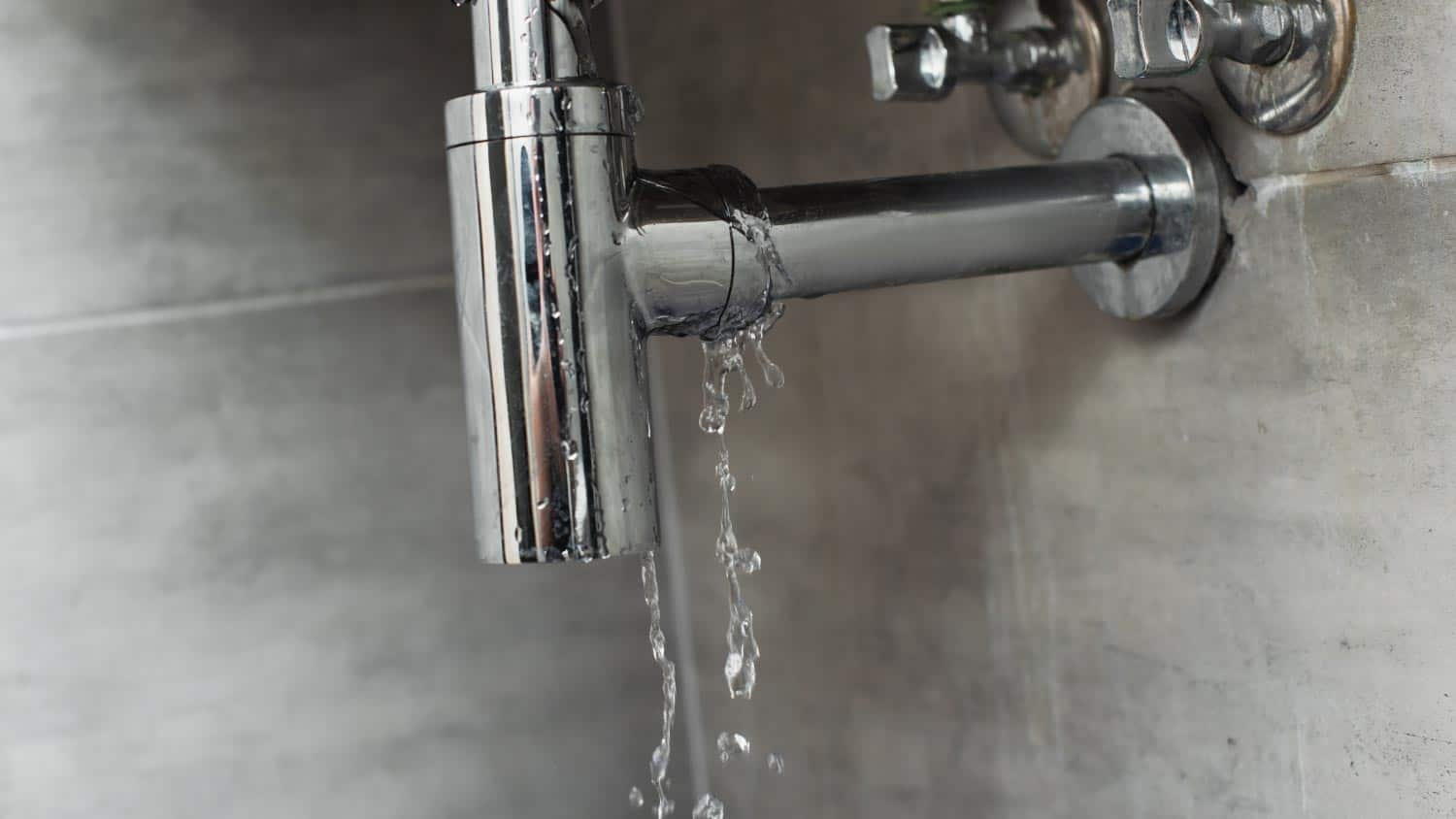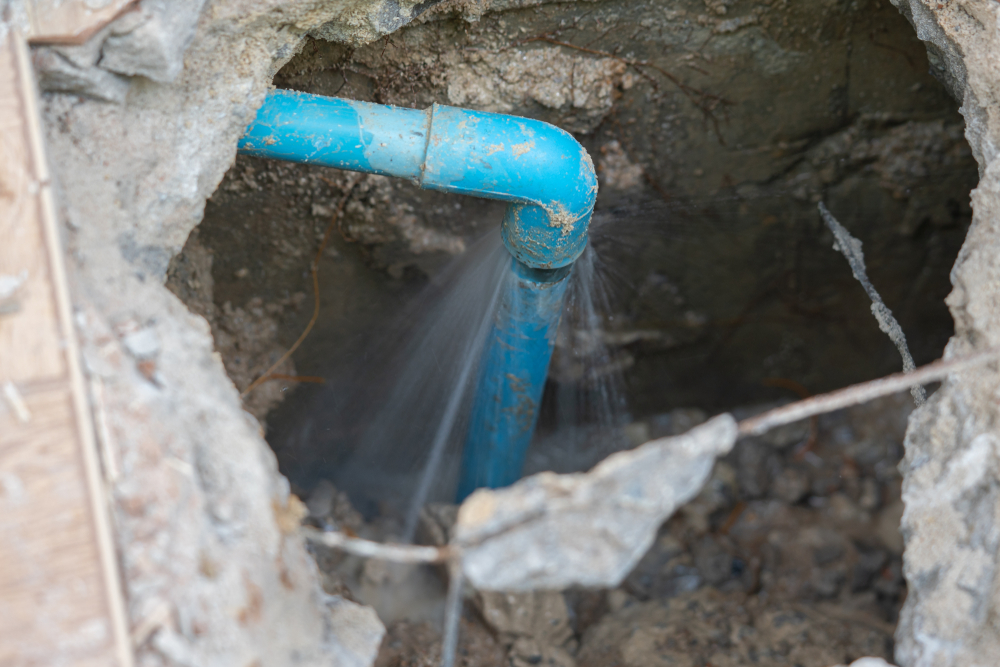Exactly how to Inspect If Your Home Has a Hidden Leak
Exactly how to Inspect If Your Home Has a Hidden Leak
Blog Article
What're your insights and beliefs on Locating water leaks?

Early detection of dripping water lines can reduce a prospective calamity. Some little water leakages might not be noticeable.
1. Examine the Water Meter
Every residence has a water meter. Examining it is a surefire way that aids you discover leakages. For starters, turn off all the water sources. Ensure nobody will purge, make use of the faucet, shower, run the cleaning device or dishwashing machine. From there, most likely to the meter and watch if it will transform. Considering that nobody is using it, there need to be no activities. If it relocates, that indicates a fast-moving leak. Also, if you spot no changes, wait an hour or two and inspect back once more. This suggests you may have a slow leak that might also be below ground.
2. Inspect Water Usage
Examine your water expenses as well as track your water usage. As the one paying it, you must discover if there are any type of inconsistencies. If you identify sudden changes, regardless of your usage coinciding, it indicates that you have leaks in your plumbing system. Keep in mind, your water expense ought to fall under the same array each month. An unexpected spike in your expense suggests a fast-moving leak.
A consistent rise every month, even with the same behaviors, reveals you have a sluggish leak that's also gradually rising. Call a plumber to thoroughly examine your residential or commercial property, especially if you really feel a warm location on your floor with piping below.
3. Do a Food Coloring Test
When it comes to water consumption, 30% comes from bathrooms. If the color somehow infiltrates your dish during that time without flushing, there's a leak between the container and dish.
4. Asses Exterior Lines
Don't forget to check your outside water lines as well. Must water leak out of the link, you have a loosened rubber gasket. One little leakage can throw away loads of water and surge your water expense.
5. Assess the situation and also check
Home owners should make it a habit to check under the sink counters and also inside closets for any kind of bad odor or mold and mildew development. These two red flags indicate a leak so prompt interest is needed. Doing routine evaluations, even bi-annually, can conserve you from a significant issue.
Examine for discolorations and also deteriorating as the majority of appliances as well as pipelines have a life span. If you believe dripping water lines in your plumbing system, do not wait for it to intensify.
Early discovery of leaking water lines can alleviate a potential catastrophe. Some small water leakages may not be noticeable. Checking it is a guaranteed way that assists you uncover leaks. One small leakage can squander bunches of water and surge your water costs.
If you believe leaking water lines in your plumbing system, do not wait for it to rise.
WARNING SIGNS OF WATER LEAKAGE BEHIND THE WALL
PERSISTENT MUSTY ODORS
As water slowly drips from a leaky pipe inside the wall, flooring and sheetrock stay damp and develop an odor similar to wet cardboard. It generates a musty smell that can help you find hidden leaks.
MOLD IN UNUSUAL AREAS
Mold usually grows in wet areas like kitchens, baths and laundry rooms. If you spot the stuff on walls or baseboards in other rooms of the house, it’s a good indicator of undetected water leaks.
STAINS THAT GROW
When mold thrives around a leaky pipe, it sometimes takes hold on the inside surface of the affected wall. A growing stain on otherwise clean sheetrock is often your sign of a hidden plumbing problem.
PEELING OR BUBBLING WALLPAPER / PAINT
This clue is easy to miss in rooms that don’t get much use. When you see wallpaper separating along seams or paint bubbling or flaking off the wall, blame sheetrock that stays wet because of an undetected leak.
BUCKLED CEILINGS AND STAINED FLOORS
If ceilings or floors in bathrooms, kitchens or laundry areas develop structural problems, don’t rule out constant damp inside the walls. Wet sheetrock can affect adjacent framing, flooring and ceilings.
https://www.servicemasterbyzaba.com/blog/how-to-detect-water-leakage-in-walls/

I have been very inquisitive about Hacks to detect leaks and I am hoping you enjoyed reading the new blog posting. Loved our content? Please share it. Let someone else check it out. Many thanks for your time invested reading it.
Report this page